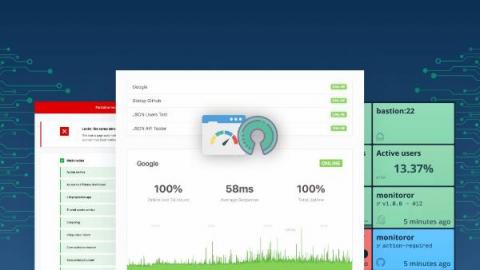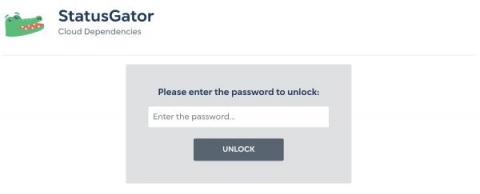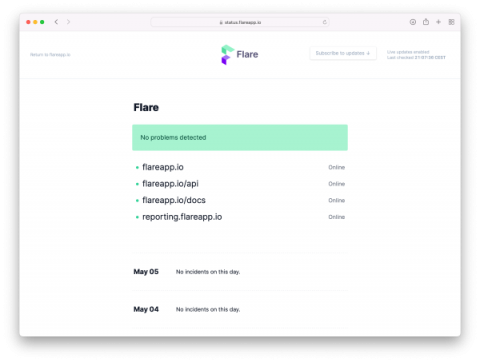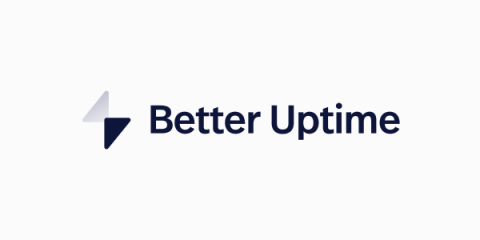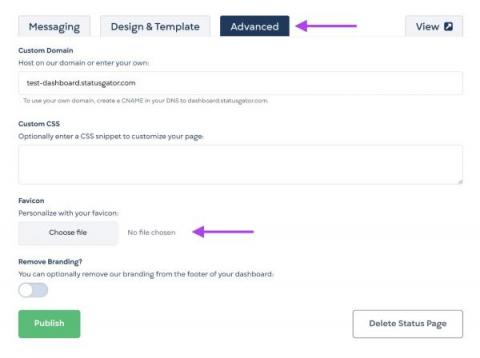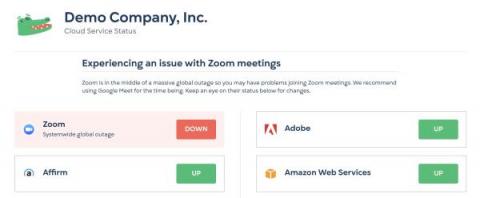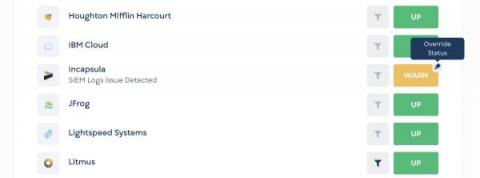6 Top-Rated Open Source Status Page Alternatives for 2022
With so much reliance on online services and applications these days, a status page is essential to a business, its support and IT teams. It’s a key component in your incident communication strategy. Communicating the status of your website or service to users (particularly customers) creates trust and keeps them updated—especially during downtimes. Plus, it saves you from sending out emails or using other time-consuming methods to provide status updates.


